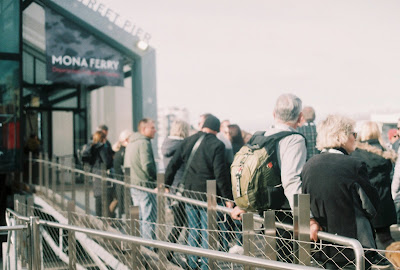Long time ago there is a small city that sits within mountain and sea. It is so beautiful so that mountain is in your sight everywhere you go, this even happens to the city center. Citizens are dancing on the public space chess table, or spending the whole morning or afternoon in the outdoor area of the pub, sipping the infamous Cascade Lagar, wandering around the street, stepping onto historical brick pavement, connecting with enclosed heritage buildings. It is almost like a Harry Potter world. I would like to think that it is one of the best example of an idyll. This city is Hobart.
Here, heritage is not wasted artefact. Each building is a hesitant, a careful negotiation between tradition and emerging desires / functional requirement, they are carefully reappropriated as jewellery workshop, wool factory, cafes and shops. There is depth in the making of the city in contrast to the shamelessness of utilitarian efficiency.






Comments
Post a Comment